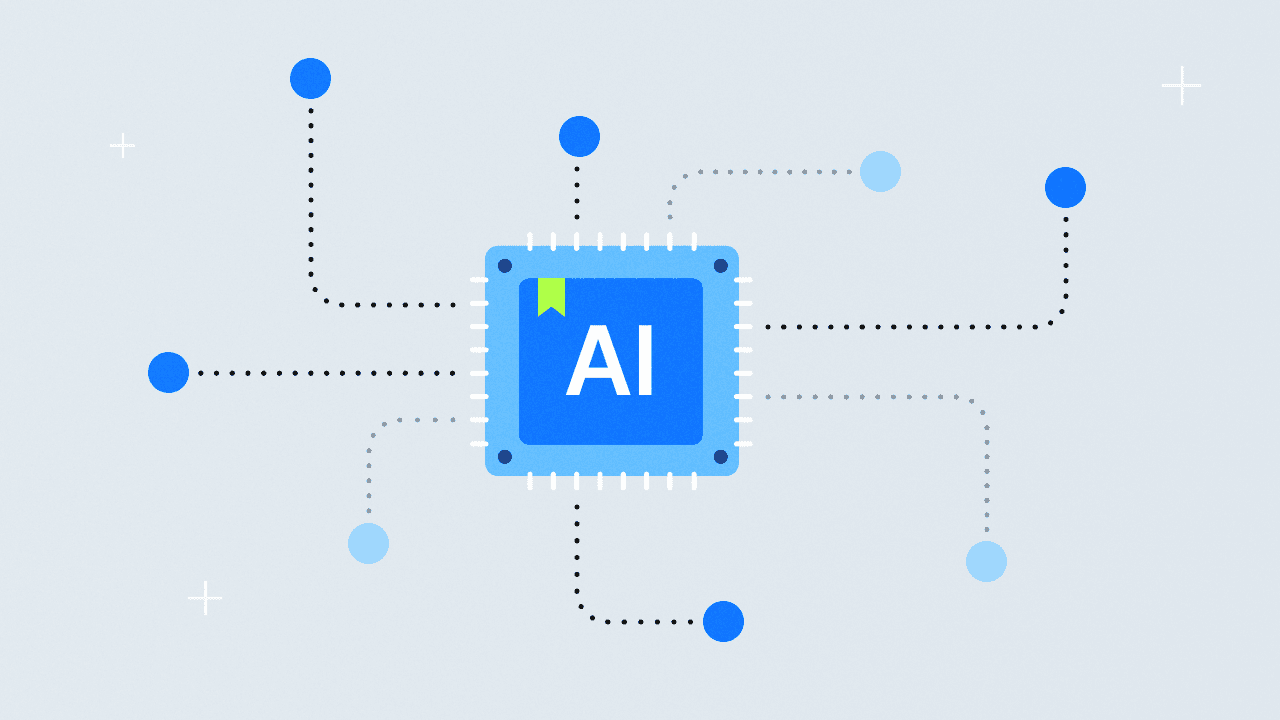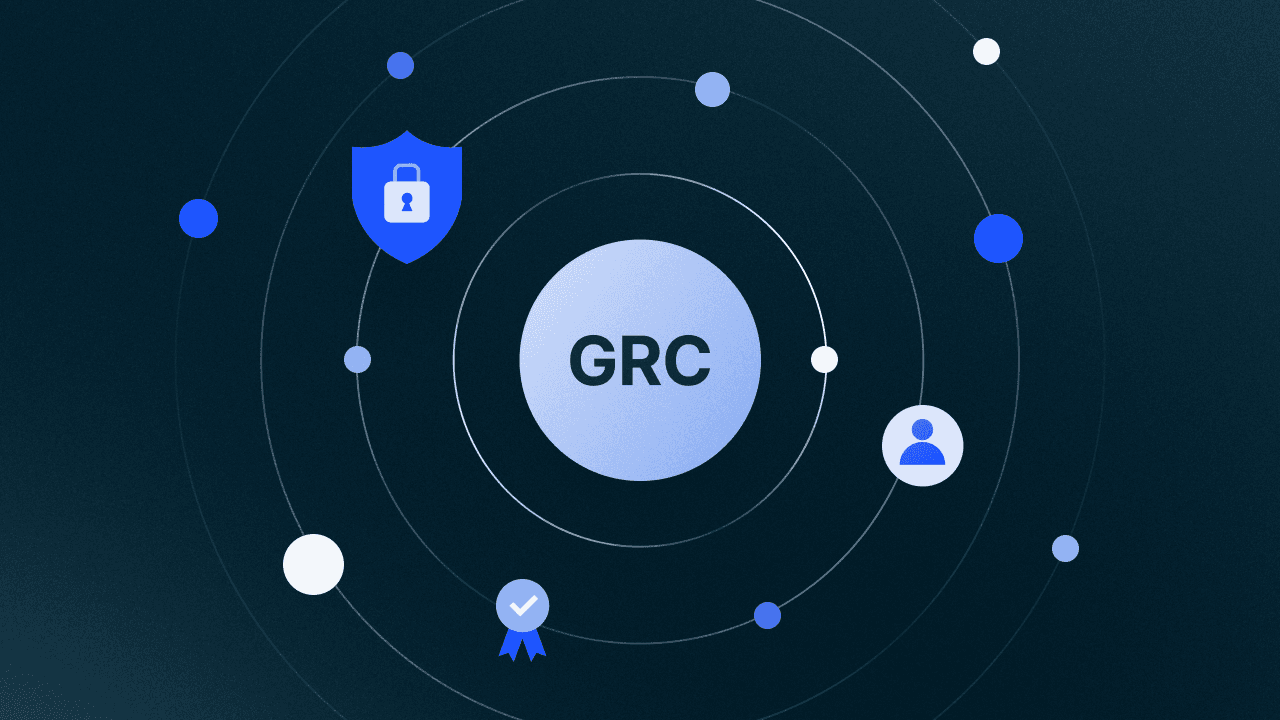AI Risk Assessment: How to Identify and Address Emerging Threats
Learn how to conduct an AI risk assessment, identify emerging threats, and streamline risk management with automation.
As AI evolves, so do the threats and vulnerabilities associated with it. That’s why AI risk assessment is no longer optional—it’s an essential part of any modern risk management strategy.
Whether you’re developing AI models, integrating third-party AI tools, or leveraging generative AI for everyday tasks, understanding the risks is critical. This guide will help you identify emerging AI threats and outline steps to assess, mitigate, and monitor them effectively.
What is AI Risk Assessment?
AI risk assessment is the process of identifying, analyzing, and managing risks related to the development, deployment, and use of artificial intelligence systems. This includes technical risks like model drift and data poisoning, as well as ethical and regulatory risks such as bias, lack of transparency, and non-compliance with evolving AI laws.
An AI risk assessment typically addresses:
Operational Risks: System failures, data inaccuracies, or unintended outputs
Security Risks: AI-driven cyberattacks, model exploitation, or prompt injection
Compliance Risks: Violations of data privacy laws, AI regulations, or industry-specific standards
Reputational Risks: Loss of customer trust due to AI misuse or bias
Why AI Risk Assessment Matters Now
The speed of AI adoption has outpaced the development of formal governance frameworks in many organizations. Without proactive risk assessment, organizations may unknowingly expose themselves to significant threats, including:
Compliance penalties under AI-specific regulations (such as the EU AI Act or upcoming U.S. guidelines).
Data privacy violations through improper data handling or model training practices.
Security vulnerabilities introduced by large language models (LLMs) or third-party AI integrations.
Erosion of customer trust due to lack of transparency or biased AI outcomes.
A structured AI risk assessment helps you stay ahead of these challenges, protecting both your organization and your stakeholders.
How to Identify Emerging AI Risks
Emerging AI risks are not always obvious. As AI technology becomes more sophisticated, so do the ways in which it can be misused or exploited. Here are key areas to monitor:
Model Vulnerabilities
AI models, particularly generative AI and machine learning models, can be susceptible to:
Model drift: When an AI model’s performance degrades over time due to changes in real-world data
Adversarial attacks: Deliberate manipulation of inputs to trick AI systems into making incorrect decisions
Data poisoning: Inserting malicious data during the training process to bias or corrupt models
Data Privacy and Security
AI systems often require large datasets to function effectively. This raises concerns about:
Data leakage: Sensitive information being exposed through model outputs
Third-party risks: Using external AI vendors without proper vetting can introduce security gaps
Prompt injection attacks: For LLMs, malicious prompts can lead to unintended actions or information disclosure
Ethical and Bias Concerns
Unintentional bias in AI can lead to:
Discriminatory outcomes: Decisions that unfairly disadvantage certain groups
Regulatory scrutiny: Increasing oversight around AI fairness and explainability
Brand damage: Public backlash if AI outputs are seen as biased or unethical
Regulatory Compliance
Global AI regulations are evolving quickly. Emerging laws include:
The EU AI Act (focuses on risk-based classification and compliance for AI systems).
NIST AI Risk Management Framework (guidelines for trustworthy AI development).
Industry-specific guidelines for healthcare, finance, and cybersecurity.
Staying compliant means keeping up with these shifts and adapting your AI risk strategy accordingly.
How to Conduct an AI Risk Assessment
A comprehensive AI risk assessment involves five key steps:
1. Identify AI Assets and Use Cases
Catalog all AI systems, models, and tools in use—including third-party services and shadow AI applications.
2. Map Potential Risks
For each AI asset, list potential risks across security, compliance, ethics, and operational reliability.
3. Assess Likelihood and Impact
Use risk scoring to prioritize threats based on how likely they are to occur and their potential business impact.
4. Implement Mitigation Controls
Develop safeguards such as:
AI governance policies.
Security monitoring for AI models.
Data validation and bias testing.
Access controls for AI outputs and training data.
5. Monitor and Review Continuously
AI risk isn’t static. Ongoing monitoring, audits, and updates are necessary to keep pace with evolving threats.
How Drata Supports AI Risk Management
Drata helps automate and streamline your AI risk assessment process as part of a broader GRC (governance, risk, and compliance) strategy.
With continuous control monitoring, risk tracking, and customizable frameworks, Drata enables organizations to integrate AI risk into their overall compliance and security posture—reducing manual overhead and improving confidence in AI usage.
Ready to strengthen your AI risk management strategy? Book a demo with Drata to see how automation can simplify the process.
FAQ: AI Risk Assessment
We’re tackling some of the most commonly asked questions around AI risk assessment.
What is the Main Goal of an AI Risk Assessment?
The primary goal is to identify, prioritize, and mitigate risks related to AI systems, ensuring safe, ethical, and compliant use.
Who Should Perform an AI Risk Assessment?
Cross-functional teams including risk management, compliance, security, legal, and AI/ML engineering teams should collaborate on AI risk assessments.
How Often Should AI Risks be Reassessed?
AI risks should be reviewed regularly—ideally quarterly or whenever new AI systems, models, or regulations are introduced.
Are There Standard Frameworks for AI Risk Management?
Yes, frameworks like the NIST AI RMF and ISO 42001 provide guidance for assessing and managing AI risks.
Can AI Risk Assessment be Automated?
Continuous control monitoring and risk tracking can be automated using platforms like Drata to reduce manual effort and improve accuracy.





